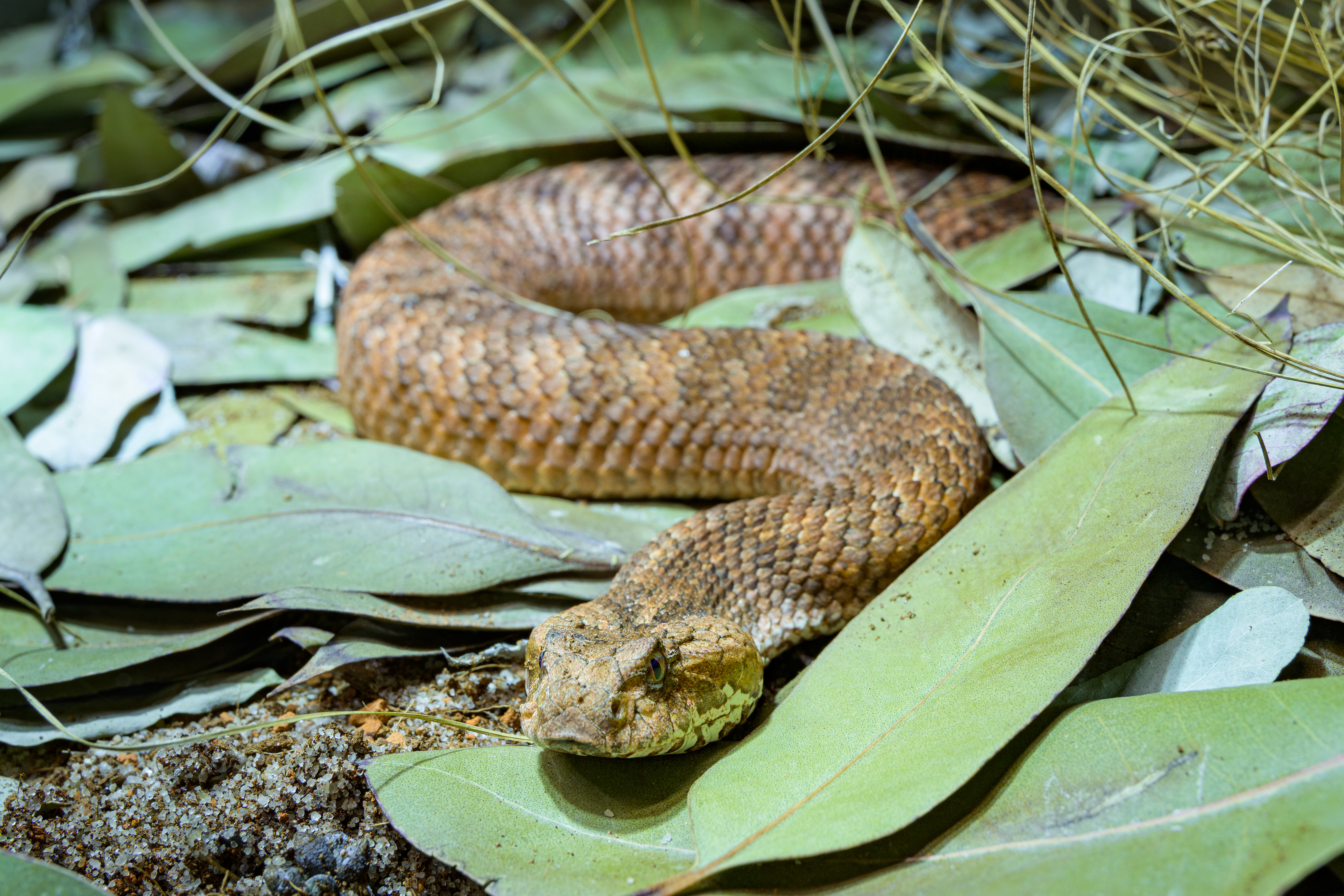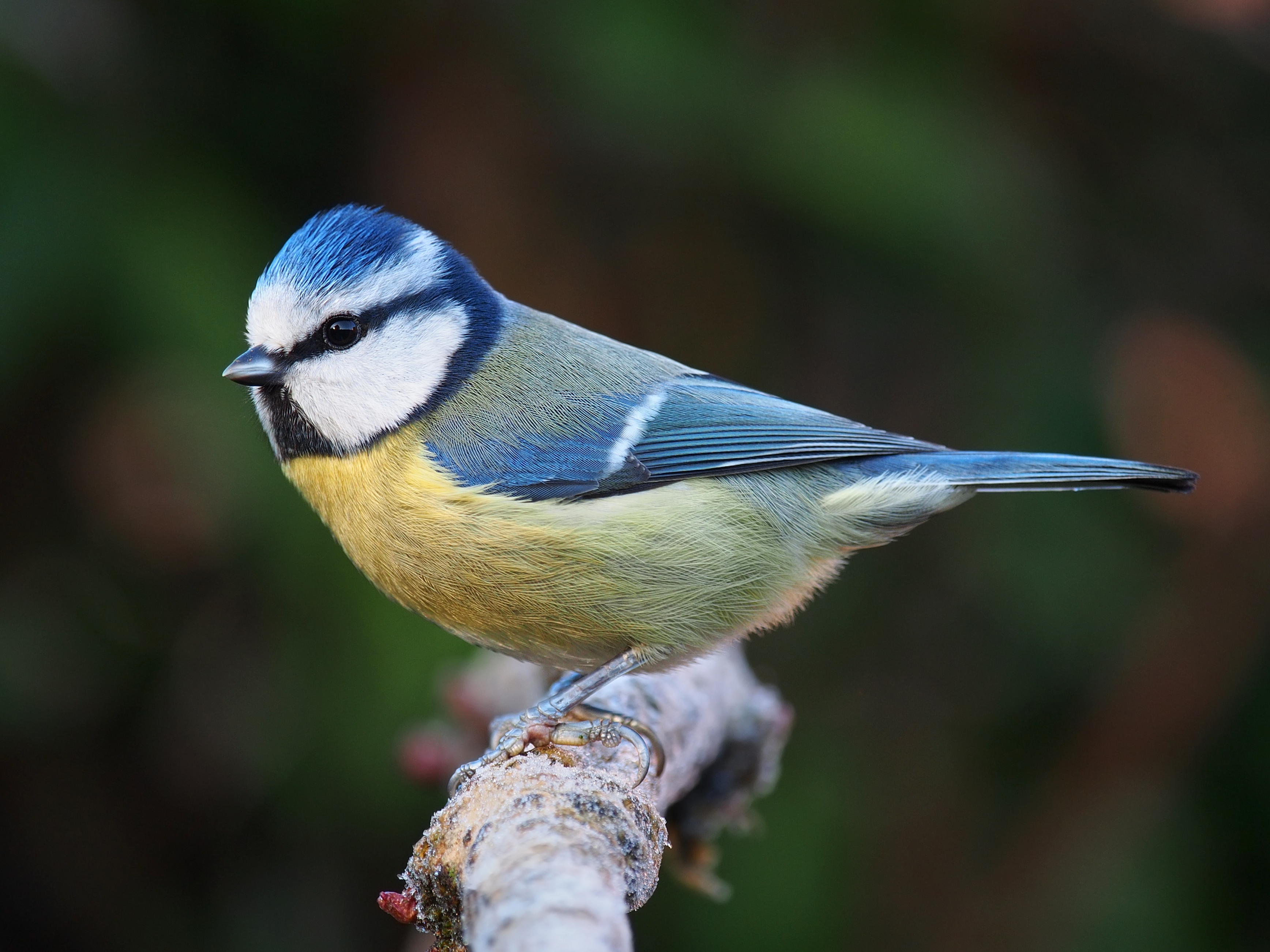|
Elapids
Elapidae (, commonly known as elapids ; grc, ἔλλοψ ''éllops'' "sea-fish") is a family of snakes characterized by their permanently erect fangs at the front of the mouth. Most elapids are venomous, with the exception of the genus Emydocephalus. Many members of this family exhibit a threat display of rearing upwards while spreading out a neck flap. Elapids are endemic to tropical and subtropical regions around the world, with terrestrial forms in Asia, Australia, Africa, and the Americas and marine forms in the Pacific and Indian Oceans. Members of the family have a wide range of sizes, from the white-lipped snake to the king cobra. Most species have neurotoxic venom which is channeled by their hollow fangs, and some may contain other toxic components in various proportions. The family includes 55 genera with some 360 species and over 170 subspecies. Description Terrestrial elapids look similar to the Colubridae; almost all have long, slender bodies with smooth scales, ... [...More Info...] [...Related Items...] OR: [Wikipedia] [Google] [Baidu] |
Snake
Snakes are elongated, limbless, carnivorous reptiles of the suborder Serpentes . Like all other squamates, snakes are ectothermic, amniote vertebrates covered in overlapping scales. Many species of snakes have skulls with several more joints than their lizard ancestors, enabling them to swallow prey much larger than their heads ( cranial kinesis). To accommodate their narrow bodies, snakes' paired organs (such as kidneys) appear one in front of the other instead of side by side, and most have only one functional lung. Some species retain a pelvic girdle with a pair of vestigial claws on either side of the cloaca. Lizards have evolved elongate bodies without limbs or with greatly reduced limbs about twenty-five times independently via convergent evolution, leading to many lineages of legless lizards. These resemble snakes, but several common groups of legless lizards have eyelids and external ears, which snakes lack, although this rule is not universal (see Amphisbae ... [...More Info...] [...Related Items...] OR: [Wikipedia] [Google] [Baidu] |
Colubridae
Colubridae (, commonly known as colubrids , from la, coluber, 'snake') is a family of snakes. With 249 genera, it is the largest snake family. The earliest species of the family date back to the Oligocene epoch. Colubrid snakes are found on every continent except Antarctica. Description While most colubrids are not venomous (or have venom that is not known to be harmful to humans) and are mostly harmless, a few groups, such as genus '' Boiga'', can produce medically significant injuries. In addition, the boomslang, the twig snakes, and the Asian genus '' Rhabdophis'' have caused human fatalities. Some colubrids are described as opisthoglyphous (often called "rear-fanged"), meaning they have elongated, grooved teeth located in the back of their upper jaws. It is likely that opisthoglyphous dentition evolved many times in the history of snakes and is an evolutionary precursor to the fangs of vipers and elapids, which are located in the front of the mouth. Classification I ... [...More Info...] [...Related Items...] OR: [Wikipedia] [Google] [Baidu] |
Naja
''Naja'' is a genus of venomous elapid snakes commonly known as cobras (or "true cobras"). Members of the genus ''Naja'' are the most widespread and the most widely recognized as "true" cobras. Various species occur in regions throughout Africa, Southwest Asia, South Asia, and Southeast Asia. Several other elapid species are also called "cobras", such as the king cobra (''Ophiophagus hannah'') and the rinkhals (''Hemachatus haemachatus''), but neither are true cobras, in that they do not belong to the genus ''Naja'', but instead each belong to monotypic genera ''Hemachatus'' (the rinkhals) and ''Ophiophagus'' (the king cobra/hamadryad). Until recently, the genus ''Naja'' had 20 to 22 species, but it has undergone several taxonomic revisions in recent years, so sources vary greatly. Wide support exists, though, for a 2009 revision that synonymised the genera '' Boulengerina'' and ''Paranaja'' with ''Naja''. According to that revision, the genus ''Naja'' now includes 38 speci ... [...More Info...] [...Related Items...] OR: [Wikipedia] [Google] [Baidu] |
Emydocephalus
''Emydocephalus'' is a genus of sea snakes, also known as turtle-headed sea snakes, in the family Elapidae. Unlike most sea snakes, all species of ''Emydocephalus'', have an absence of teeth on their dentary and palatine bones, and lack venom, making them the only non-venomous elapids. The dentary and palantine bones bear only a row of papillae. ''Emydocephalus'' does, however, bear fangs and many small pterygoid teeth. This reduced dentition is due to their diet consisting almost entirely of fish eggs. Etymology The generic name, ''Emydocephalus'', is from the Greek words ὲμύς (emys) meaning "turtle", and κεφαλή (kephale) meaning "head". Geographic range Species of the genus ''Emydocephalus'' are found in East Asia, Southeast Asia, and Australasia Australasia is a region that comprises Australia, New Zealand and some neighbouring islands in the Pacific Ocean. The term is used in a number of different contexts, including geopolitically, physiogeographical ... [...More Info...] [...Related Items...] OR: [Wikipedia] [Google] [Baidu] |
Acanthophis
''Acanthophis'' is a genus of elapid snakes. Commonly called ''death adders'', they are native to Australia, New Guinea and nearby islands, and are among the most venomous snakes in the world. Despite their common name, they are not adders at all and belong to the Elapidae family (like cobras). The name of the genus derives from the Ancient Greek / ('spine') and / ('snake'), referring to the spine on the death adder's tail. Eight species are listed by ITIS, though it remains unclear how many species this genus includes, with figures ranging from 4 to 15 species being quoted. Taxonomy French naturalist François Marie Daudin established the genus ''Acanthophis'' in 1803, with the common death adder (''A. cerastinus'') as its only species. Although the death adders resemble vipers of the family Viperidae, they are actually members of the family Elapidae, which includes cobras, mambas, and coral snakes. It remains unclear how many species are included in this genus. T ... [...More Info...] [...Related Items...] OR: [Wikipedia] [Google] [Baidu] |
Bungarus
''Bungarus'' is a genus of venomous elapid snakes, the kraits ("krait" is pronounced , rhyming with "kite"), found in South and Southeast Asia. The genus ''Bungarus'' has 16 species. Distribution Kraits are found in tropical Asia, from near Iran, through the Indian subcontinent (including Sri Lanka and Bangladesh) and on to Southeast Asia (including Indonesia and Borneo). Description Kraits usually range between in total length (including tail), although specimens as large as have been observed. The banded krait (''B. fasciatus'') may grow as large as . Smith, Malcolm A. (1943). ''The Fauna of British India, Ceylon and Burma, Including the Whole of the Indo-Chinese Sub-region. Reptilia and Amphibia. Vol. III.—Serpentes''. London: Secretary of State for India. (Taylor and Francis, printers). xii + 583 pp. (''Bungarus'', genus and species, pp. 407-418). Most species of kraits are covered in smooth, glossy scales arranged in bold, striped patterns of alternating black and light ... [...More Info...] [...Related Items...] OR: [Wikipedia] [Google] [Baidu] |
Species
In biology, a species is the basic unit of Taxonomy (biology), classification and a taxonomic rank of an organism, as well as a unit of biodiversity. A species is often defined as the largest group of organisms in which any two individuals of the appropriate sexes or mating types can reproduction, produce Fertility, fertile offspring, typically by sexual reproduction. Other ways of defining species include their karyotype, DNA sequence, morphology (biology), morphology, behaviour or ecological niche. In addition, paleontologists use the concept of the chronospecies since fossil reproduction cannot be examined. The most recent rigorous estimate for the total number of species of eukaryotes is between 8 and 8.7 million. However, only about 14% of these had been described by 2011. All species (except viruses) are given a binomial nomenclature, two-part name, a "binomial". The first part of a binomial is the genus to which the species belongs. The second part is called the specifi ... [...More Info...] [...Related Items...] OR: [Wikipedia] [Google] [Baidu] |
Genera
Genus ( plural genera ) is a taxonomic rank used in the biological classification of living and fossil organisms as well as viruses. In the hierarchy of biological classification, genus comes above species and below family. In binomial nomenclature, the genus name forms the first part of the binomial species name for each species within the genus. :E.g. '' Panthera leo'' (lion) and '' Panthera onca'' (jaguar) are two species within the genus ''Panthera''. ''Panthera'' is a genus within the family Felidae. The composition of a genus is determined by taxonomists. The standards for genus classification are not strictly codified, so different authorities often produce different classifications for genera. There are some general practices used, however, including the idea that a newly defined genus should fulfill these three criteria to be descriptively useful: # monophyly – all descendants of an ancestral taxon are grouped together (i.e. phylogenetic analysis should ... [...More Info...] [...Related Items...] OR: [Wikipedia] [Google] [Baidu] |
Africa
Africa is the world's second-largest and second-most populous continent, after Asia in both cases. At about 30.3 million km2 (11.7 million square miles) including adjacent islands, it covers 6% of Earth's total surface area and 20% of its land area.Sayre, April Pulley (1999), ''Africa'', Twenty-First Century Books. . With billion people as of , it accounts for about of the world's human population. Africa's population is the youngest amongst all the continents; the median age in 2012 was 19.7, when the worldwide median age was 30.4. Despite a wide range of natural resources, Africa is the least wealthy continent per capita and second-least wealthy by total wealth, behind Oceania. Scholars have attributed this to different factors including geography, climate, tribalism, Scramble for Africa, colonialism, the Cold War, neocolonialism, lack of democracy, and corruption. Despite this low concentration of wealth, recent economic expansion and the large and young ... [...More Info...] [...Related Items...] OR: [Wikipedia] [Google] [Baidu] |
Neurotoxins
Neurotoxins are toxins that are destructive to nerve tissue (causing neurotoxicity). Neurotoxins are an extensive class of exogenous chemical neurological insultsSpencer 2000 that can adversely affect function in both developing and mature nervous tissue.Olney 2002 The term can also be used to classify endogenous compounds, which, when abnormally contacted, can prove neurologically toxic. Though neurotoxins are often neurologically destructive, their ability to specifically target neural components is important in the study of nervous systems. Common examples of neurotoxins include lead, ethanol (drinking alcohol), glutamate,Choi 1987 nitric oxide, botulinum toxin (e.g. Botox), tetanus toxin,Simpson 1986 and tetrodotoxin. Some substances such as nitric oxide and glutamate are in fact essential for proper function of the body and only exert neurotoxic effects at excessive concentrations. Neurotoxins inhibit neuron control over ion concentrations across the cell membrane, or commu ... [...More Info...] [...Related Items...] OR: [Wikipedia] [Google] [Baidu] |
Terrestrial Animal
Terrestrial animals are animals that live predominantly or entirely on land (e.g. cats, dogs, ants, spiders), as compared with aquatic animals, which live predominantly or entirely in the water (e.g. fish, lobsters, octopuses), and amphibians, which rely on a combination of aquatic and terrestrial habitats (e.g. frogs and newts). Some groups of insects are terrestrial, such as ants, butterflies, earwigs, cockroaches, grasshoppers and many others, while other groups are partially aquatic, such as mosquitoes and dragonflies, which pass their larval stages in water. Terrestrial animals tend to be more developed and intelligent than aquatic animals. Terrestrial classes The term "terrestrial" is typically applied to species that live primarily on the ground, in contrast to arboreal species, which live primarily in trees. There are other less common terms that apply to specific groups of terrestrial animals: * Saxicolous creatures are rock dwelling. "Saxicolous" is d ... [...More Info...] [...Related Items...] OR: [Wikipedia] [Google] [Baidu] |






.jpg)